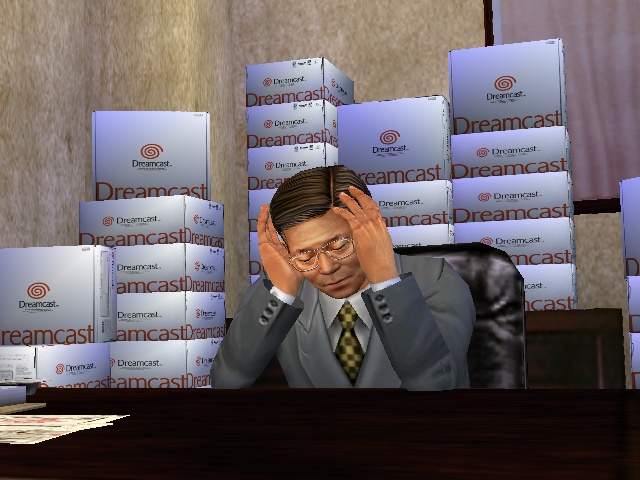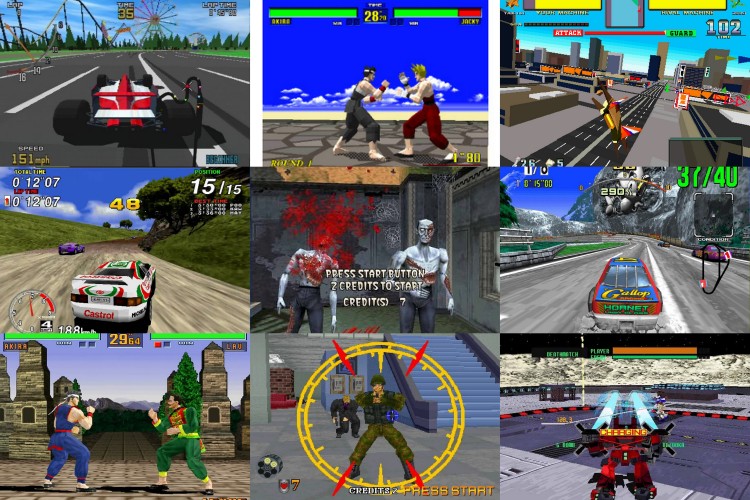The History of Sega Japan R&D, Part 3: Innovative Heights and the End of an Era
REUNIFICATION AND TWELVE INNOVATIVE R&D STUDIOS

Playing up an executive managing director and joking about the state of the Dreamcast at the time, says a lot about Sega’s attitude at the time.
In Part 2 we covered Sega’s golden age, but great heights inevitably can bring great lows. Sega had lots of up and downs throughout their history. They also had great games, lots of them! But ultimately Sega did not make that much money from the Saturn. However, in the arcades they did absolute gangbusters. Sega needed to change their approach in regards to development and also their hardware. The solution was to make the Dreamcast and NAOMI arcade hardware the same and have all of the internal studios make games for it,in turn allowing them further grow and prosper. Twelve R&D studios in total were established, and the nine software studios were not split into arcade and console divisions – they made games for everything. Hisashi Suzuki and Yu Suzuki would manage the arcade business, with Hisashi putting in his final stretch at Sega before retirement.

